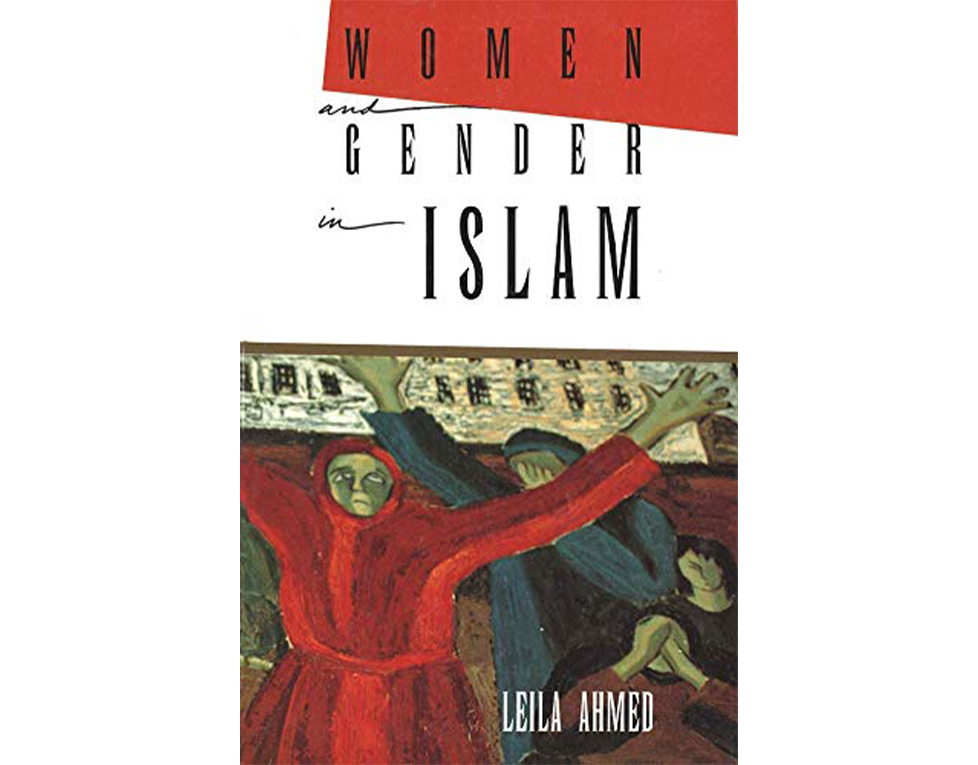Two months following the death of 22-year-old Kurdish Iranian woman Mahsa Amini, who was arrested and beaten by police for not wearing her hijab properly, Iranians continue to protest.
Even as the Iranian government cracks down on them (especially Kurds, who are marginalized ethnic minorities), people of all ages continue to take to the streets across the country. These activists aren’t just calling for the hijab to be made optional; many are calling for an end to the brutal and repressive Islamic regime.
If you’ve seen the slogan “Woman Life Freedom” on your social media feed and want to better understand what Iranian women have experienced and what they’re pushing back against, here are 10 books of all different genres that will make you laugh and cry (mostly the latter — sorry!). These page-turners explore marriage, motherhood, sexuality, LGBTQ identity, exile, and more. Also, they’re just straight-up good books.
BuzzFeed may collect a share of sales or other compensation from the links on this page if you decide to shop from them.
The Enlightenment of the Greengage Tree by Shokoofeh Azar, translated from Farsi by Anonymous

You know a book is powerful when the government bans it. That’s what Iran’s theocratic regime did with The Enlightenment of the Greengage Tree, a magical realist family saga set in Iran right after the 1979 Islamic Revolution. The novel was first published in Farsi in 2017, and despite the ban, many Iranians have still found a way to read it illegally. Told from the perspective of Bahar, the youngest in a family of five, the story begins with the hanging of the narrator’s older brother without a trial, one of many traumas from which the family can never recover. The characters who die in the book come back as ghosts. For Azar’s characters, these ghost stories are a way to hold onto family and culture and in doing so, remember one’s humanity while living under a regime that is hellishly inhumane. (Plus, there’s romance!)
The Girl from the Garden by Parnaz Foroutan
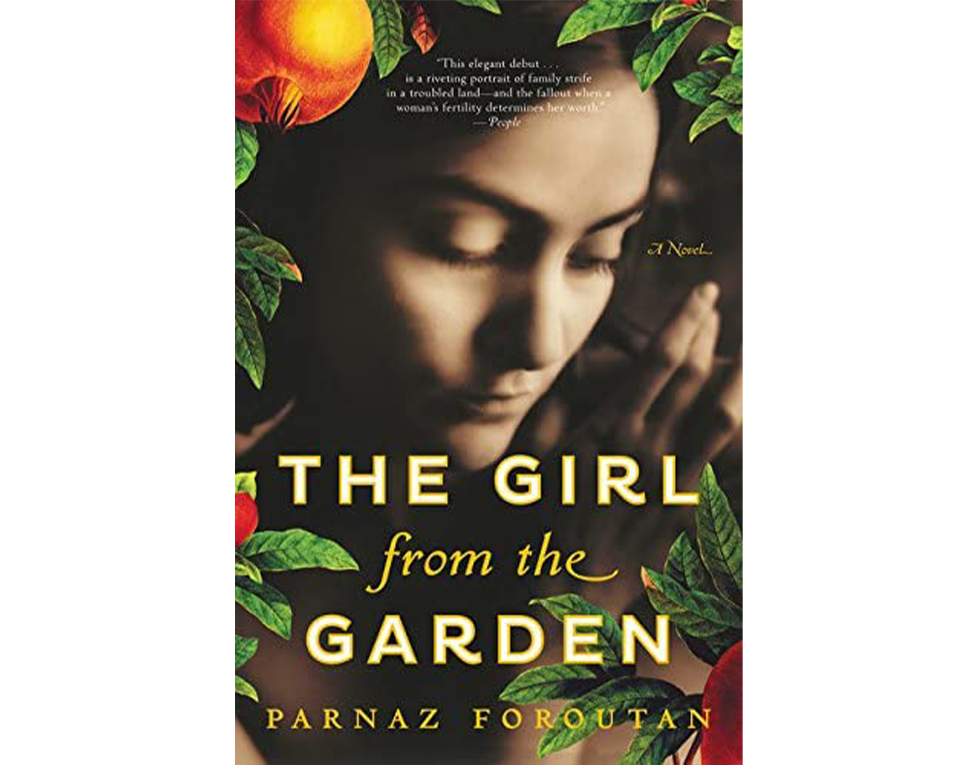
In this historical novel published in 2015, an Iranian Jewish family is torn apart by jealousy when one man is able to have children but his brother is not. What are men and women willing to do in order to have a child? What happens to a woman whose child has been taken away? The book also explores antisemitism, polygamy, intergenerational trauma, child abuse, and the ability of women to misplace their anger and turn against each other when they’re placed under stressful and unjust conditions, or what one character describes as “the complications of womanhood.” Fans of The Handmaid’s Tale will find some similarities here.
Embroideries by Marjane Satrapi
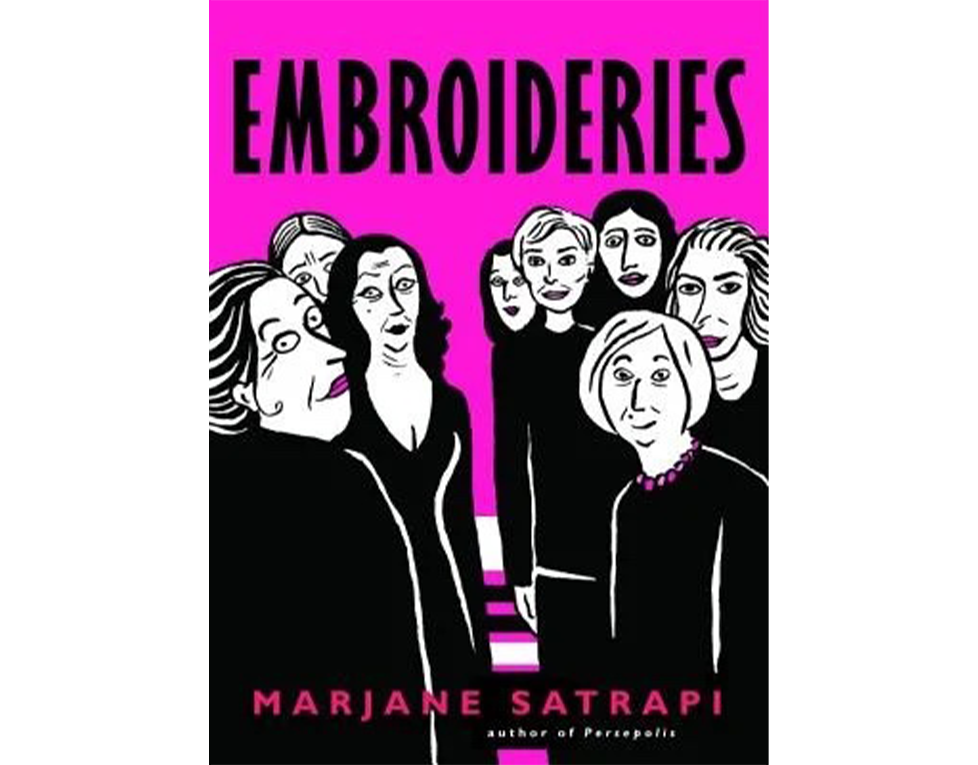
If you want to know what it’s like to chill with a bunch of Iranian women while they’re chugging down chai and gossiping about sex, here’s your chance. I started and finished this graphic memoir in a 45-minute timespan, bursting out laughing at regular intervals. How do you fake your virginity? Boost your fertility? Escape a husband 56 years older than you? While the stories are wildly funny, this humor stems from the deep shared trauma of living in a patriarchal society under a tyrannical government — pain that is obvious to the reader, yet too mundane to be acknowledged in earnest by the women in the book who suffer from it. Instead, they laugh at the harebrained schemes they’ve concocted to survive.
Published in 1992, this academic text by a Harvard professor takes an insightful look at Muslim women’s history, starting in ancient Mesopotamia — before Islam existed. For readers seeking to imagine a concept of modern feminism inclusive of Muslim women, Part 3 of this book outlines important Muslim feminists in the history of the Middle East and contrasts the reality and symbolic value of the veil. Head coverings sometimes have a kind of bogeyman status in the West, where what a woman wears is somehow supposed to signify whether she’s liberated. One important point that Ahmed makes is that, for many Muslim women, covering their hair is a way to actually feel more comfortable going into spaces where they might otherwise feel like they have to compromise their values or risk receiving unwanted attention. It’s important to remember that while requiring all women to wear veils is indefensible, banning head coverings and shaming people who wear them doesn’t help anyone, either.
Song of a Captive Bird by Jasmin Darznik
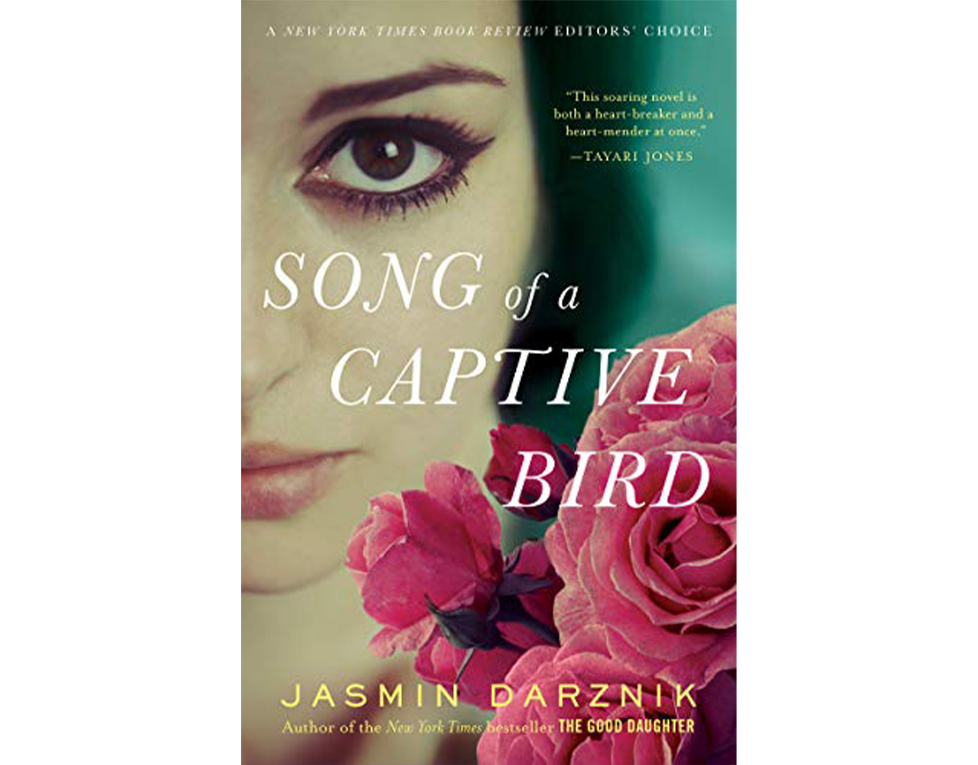
Poetry has been a huge part of Iranian culture for more than 1,000 years. This 2018 novel is a fictionalized first-person account of one of Iran’s most important poets ever: Forugh Farrokhzad. Darznik’s Farrokhzad rebels against a forced virginity test, joins boys for a urination competition, listens to family members recite classic Persian poetry, and demands to be allowed to marry the man she truly loves. In beautiful prose, the author imagines how Farrokhzad might have navigated feelings of rejection and self-doubt as she blazed trails as a female artist. Darznik also recreates the tragic car accident that brought the young poet’s life to a premature end in 1967, when she was 32. “Remember its flight, for the bird is mortal,” Farrokhzad once wrote. The same is true of poets.
Sin: Selected Poems by Forugh Farrokhzad Translated by Sholeh Wolpe
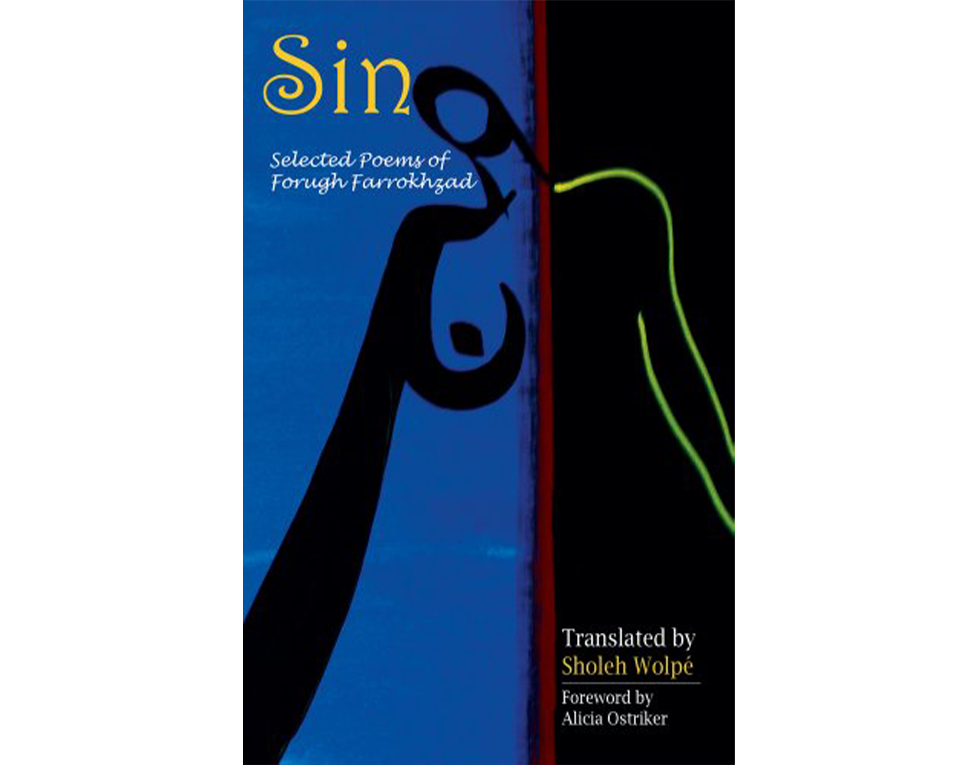
Song of a Captive Bird captured Forugh Farrokhzad in Jasmin Darznik’s voice, but here, you can hear the poet in her own words (in translation, of course). Farrokhzad uses natural metaphors to talk about sexual love and despair in scandalous poems that caused great hullabaloo in 1950s Tehran, where they were initially published. Thanks to a careful translator who’s a poet in her own right, the poems maintain their poignancy even in English. In the titular poem, “Sin,” Farrokhzad tells the story of a drunken, ravenous affair. You can hear the poem performed in the original Farsi on YouTube.
Man of My Time by Dalia Sofer
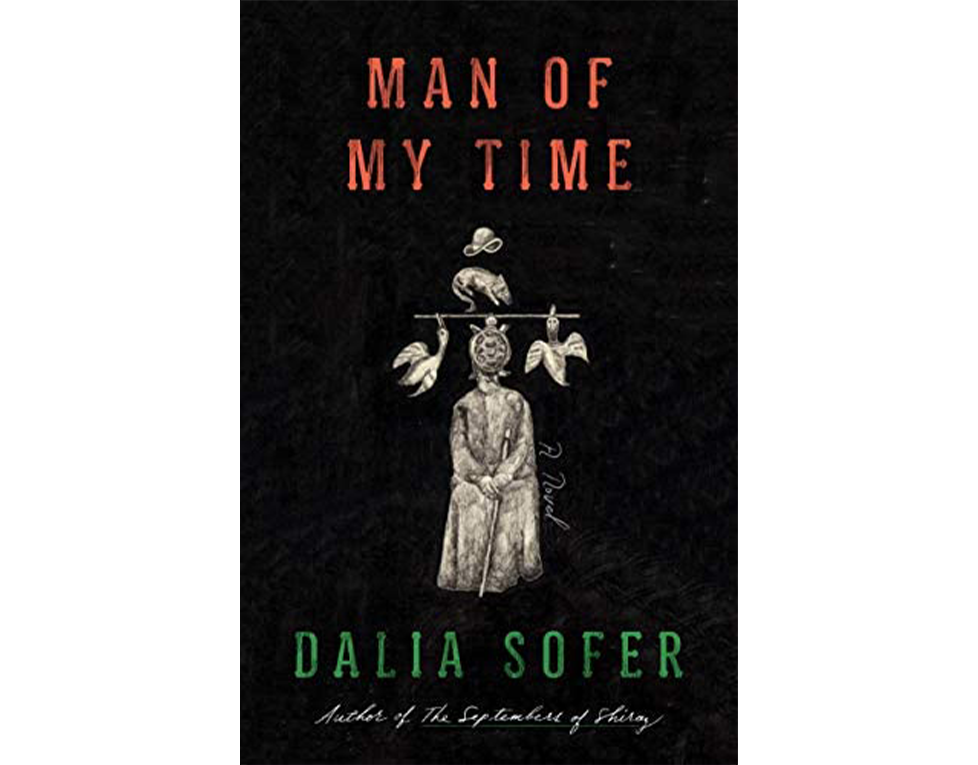
In this 2020 historical novel, Iranian American author Dalia Sofer dives deep into the psyche of protagonist Hamid Mozaffarian, a man who stayed in Iran after the revolution even as his whole family moved to New York City and then began working for the Islamic government. Mozaffarian doesn’t actually believe in the theocratic regime; on the contrary, his evil actions seem motivated by a sense of teenage rebellion. Like many Iranians at the time of the revolution, Mozafarrian knows what he’s against, but he doesn’t know what he’s for. The book is fast-paced and thought-provoking. Careful, though, because Sofer sneaks in a warning early on in Mozaffarian’s voice against reading books in order to feel sympathy and nothing else. The narrator critiques the kind of art and literature “Americans love, affirming their self-proclaimed ability to see humanity even in their enemy, and in so doing, reassuring themselves of their own magnanimous heart.”
Disoriental by Négar Djavadi, translated from French by Tina Kover
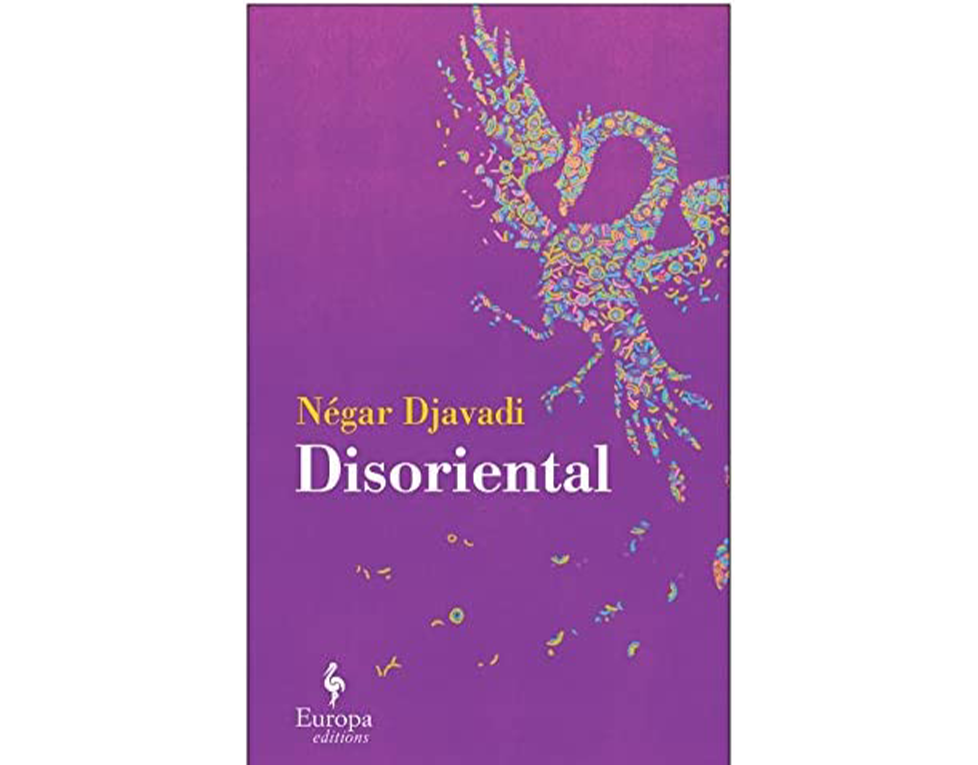
Published in 2018, Disoriental is, as its title suggests, a whirlwind of a novel. It tells two stories at once, and maybe even more than that: One takes place in a fertility clinic in modern France, where a woman wants more than anything to have a child, and one takes place in prerevolutionary Iran, where her activist father’s acts of bravery against the repressive Pahlavi regime (the secular regime that held power before the Islamic Revolution) basically amount to suicide. The narrator’s relationships with her parents help raise questions about what connection may exist between someone’s gender and their sexuality, how one explores LGBTQ identity in a country where it’s so taboo, and how this identity intersects with experiences of exile. The narrator also wrestles over whether — and how — someone can put down roots in a country they weren’t born in without sacrificing their culture of origin.
Kurdish Women’s Stories Edited by Houzan Mahmoud
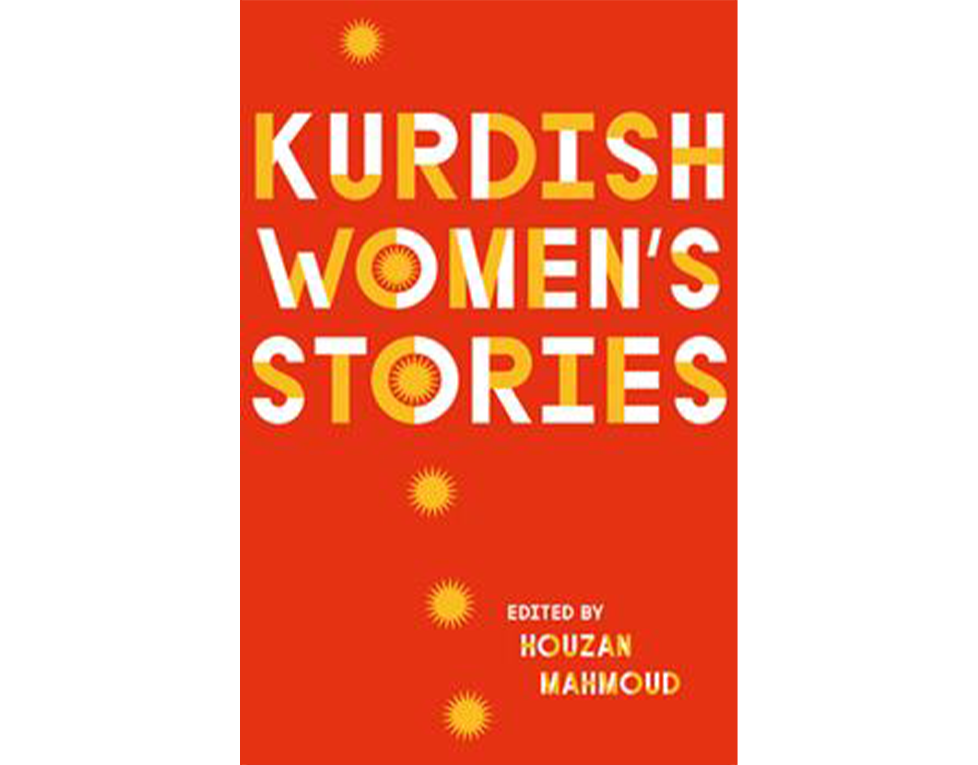
Kurdish Women’s Stories is a collection of exactly that — personal narratives by Kurdish women ranging in age from 20 to 70, telling stories of life in Iraq, Iran, Turkey, and Syria. Kurds are mostly Muslim but ethnically distinct, and since the 1920s, Kurdish nationalists have been advocating to have their own country of Kurdistan, an idea that the current governments of that land respond to with torture and cultural repression. These are stories about female genital cutting, forced marriage, poverty, war, and dictators. But more so than anything else, they are stories of defiance and bravery on the part of women who won’t let themselves be threatened or intimidated, even when everything they have is taken away.
To Keep the Sun Alive by Rabeah Ghaffari

This fast-paced, cinematic historical novel, published in 2019, uses a vibrant cast of characters to personify battles over religion and culture that took place in Iran at the time of the revolution. The author, who is herself a filmmaker and Iranian immigrant, uses the tone of a fable, common in Iranian storytelling, to describe how the 1979 revolution didn’t have the result that many revolutionaries hoped for. Also, it wouldn’t be a real Iranian book if it didn’t have some weird story about a chicken.

